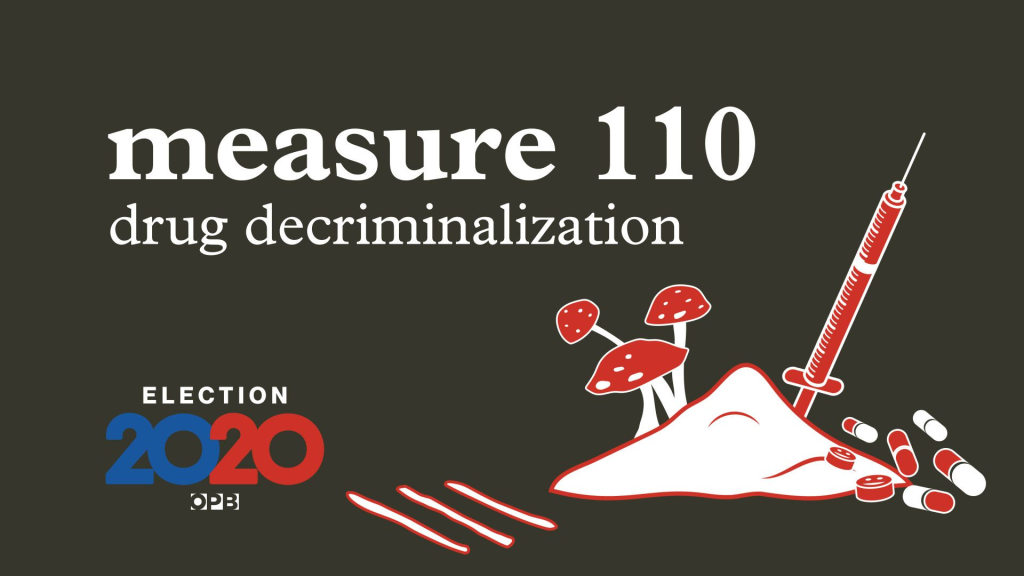Navigating the Road to Recovery
In an unprecedented move, Oregon’s drug decriminalization policy, approved in a 2020 ballot measure, has reframed the “war on drugs” from a punitive approach to one centered on treatment and rehabilitation. This policy has now financed over a quarter-billion dollars for drug treatment centers across the state, marking a significant shift in how addiction is approached at a societal level.

The Oregon Drug Treatment Fund Management, garnered from the tax revenues of Oregon’s legal marijuana industry, is intended to combat drug use in a state with one of the nation’s highest addiction rates. However, the management and monitoring of such a substantial fund have posed significant challenges.
One of the key issues revolves around accountability and oversight. There have been instances where grantees have failed to submit necessary financial reporting or have allegedly misused funds, leading to the termination of grant agreements. These situations highlight the need for closer monitoring of where the money goes and how it is utilized in the service of addiction recovery.
For example, a case in point is a nonprofit in Klamath Falls, which had its $1.5 million grant agreement terminated due to missed financial reporting deadlines and alleged overspending on a building purchase. This grant constituted a small fraction of the $264.6 million allocated to date for recovery centers, illustrating the scale of the oversight required.
Additionally, there has been a call for increased staffing for the Measure 110 Oversight and Accountability Council, which is responsible for overseeing addiction and recovery centers and their supporting funds. However, a bill proposing this and other changes has been stalled in the Senate due to a walkout by Republican senators, which began on May 3.

Compounding these challenges is the fact that the decriminalization policy has not led to a significant increase in people accessing treatment services after being ticketed for possessing drugs, and funding to treatment providers was initially delayed. However, as of now, $184 million has been handed out to these Behavioral Health Resource Networks (BHRNs) across the state.
In the face of these challenges, there is a need for increased transparency and accountability in fund management. Some council members have suggested on-site visits to BHRNs to better understand their operations and ensure they are following procedures. These visits could provide more assurance about how funds are being utilized and could help address the public scrutiny around Measure 110.

Oregon Drug Treatment Fund Management
The road to implementing effective drug treatment policies and managing their corresponding funds is not without its bumps, but the potential benefits to individuals and communities struggling with addiction are substantial. As the process unfolds, it will be crucial for Oregon to learn from these challenges and create robust systems for fund management and oversight.
While Oregon’s approach to decriminalization and treatment funding is pioneering, the state’s experience serves as a reminder that implementation details matter greatly. The success of such measures depends not only on the amount of funding allocated but also on how effectively that funding is managed and monitored.
Subscribe to Right Celebrity for more World news!